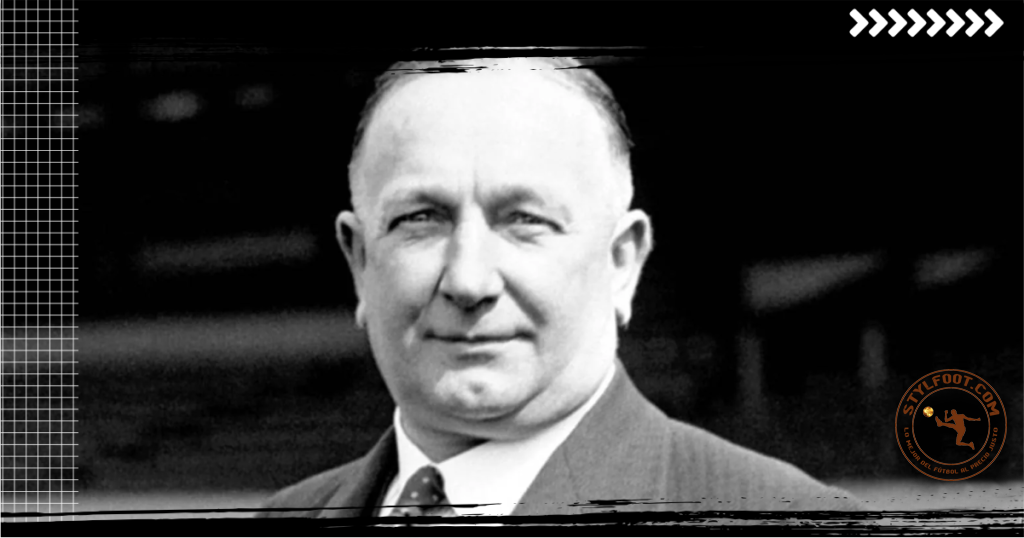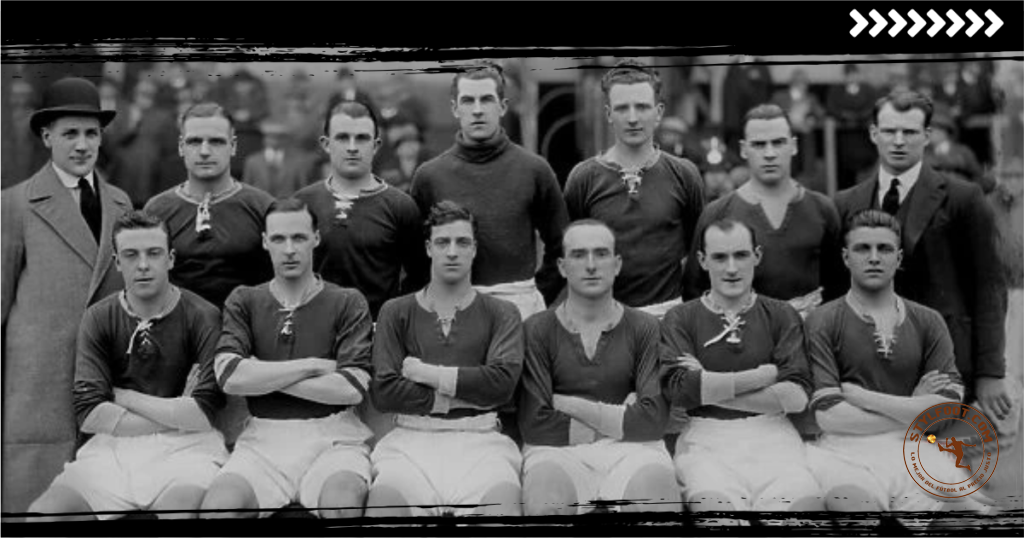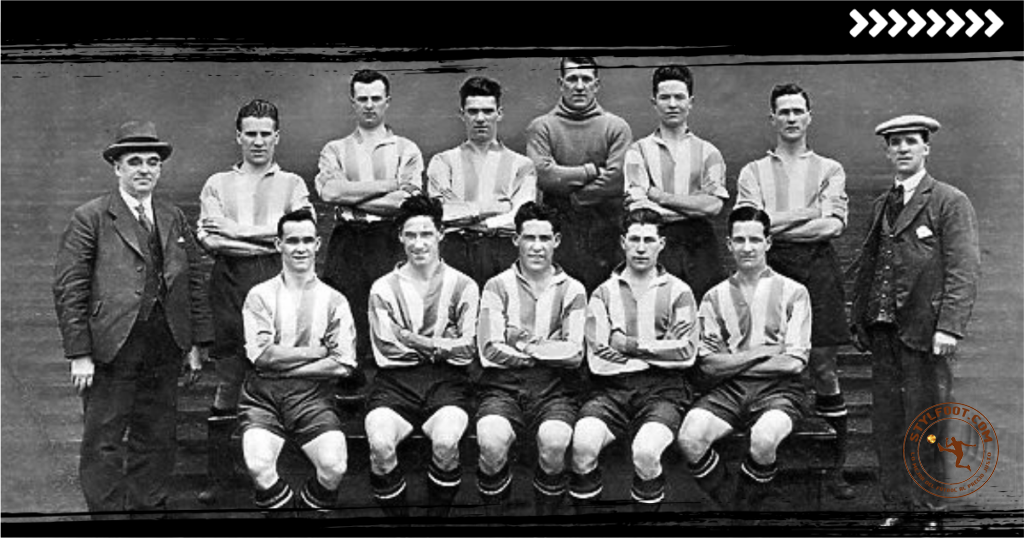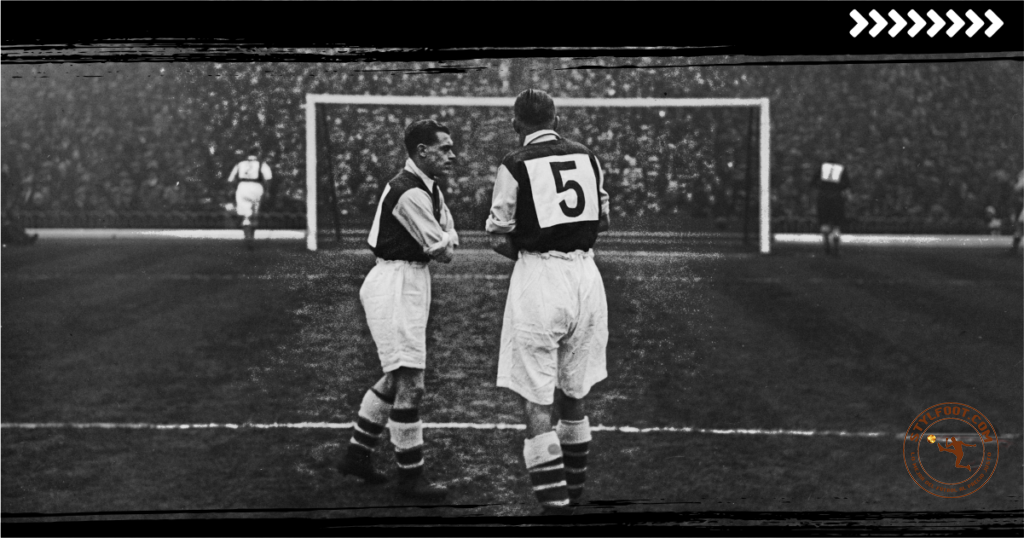No products
Product successfully added to your shopping cart
There are 0 items in your cart. There is 1 item in your cart.

Herbert Chapman - Visionary who implemented numbering on football shirts
On 25 August 1928, in an Arsenal Football Club game against Sheffield Wednesday, a historical change occurred in football traditions. Herbert Chapman, the renowned Arsenal coach at the time, implemented an innovation that would transform the way players are identified on the pitch - the numbering in shirts. This article explores the life and contributions of Herbert Chapman, the man behind this football revolution.
Herbert Chapman: A Vision Beyond Your Time :
Born on January 19, 1878, Herbert Chapman was not just a football coach, but a visionary who saw past established traditions. His career began as a player, but it was as coach and manager that he left his indelible mark in the sport.
The Innovation That Changed the Game :
During his tenure at Arsenal, Chapman realized the need for clearer identification of players on the field. Football was growing in popularity, and confusion about who it was became evident. It was then that he came up with the idea of numbering the players' shirts.

Arsenal season 1928/1929
The Historical Premiere :
August 25, 1928 marked the historic debut of shirt numbering in football. Arsenal faced Sheffield Wednesday, and each Arsenal player wore a numbered shirt. This immediate change in the look of the sport was noticed by all present and gradually the idea began to spread.

Sheffield Wednesday season 1928/1929
The Initial Resistance :
The introduction of numbering on shirts was not received without resistance. Many considered this a break from established traditions in the sport. However, Chapman persisted, convinced that this innovation would facilitate not only the lives of fans, but also improve the tactical dynamics of the game.
The numbering system was quite different from the current one. One team would use numbers 1-11 and the other would use numbers 12-22.
The Football League Management Committee refused to sanction the use of numbered shirts for many years, so numbered shirts rarely appeared and records were vague.
On July 5, 1939, the committee finally decided that players should wear numbered jerseys, but discarded the old system and introduced the new one, where both teams wear numbers from 1 to 11, with each number decided by position.

Historical record of the beginning of the use of numbered shirts
Enduring Legacy :
Herbert Chapman’s legacy goes beyond simple shirt numbering. He is often remembered as a pioneer of the modern game, introducing not only numbering, but also other tactical and organizational innovations. Chapman died on 6 January 1934, but his influence continues to be felt in every football match played around the world.
Global Impact :
Chapman’s idea of numbering the shirts was not restricted to Arsenal or English football. Other leagues and countries quickly adopted the practice, turning it into a global standard that persists to this day.
Conclusion :
Herbert Chapman, with his bold vision and determination, left a lasting legacy in the world of football. The introduction of shirt numbering was just one of many ways he shaped the sport. By challenging traditions and thinking beyond his time, Chapman not only made it easier to identify players, but also contributed to the aesthetic and tactical evolution of football, becoming a true icon of the sport.
